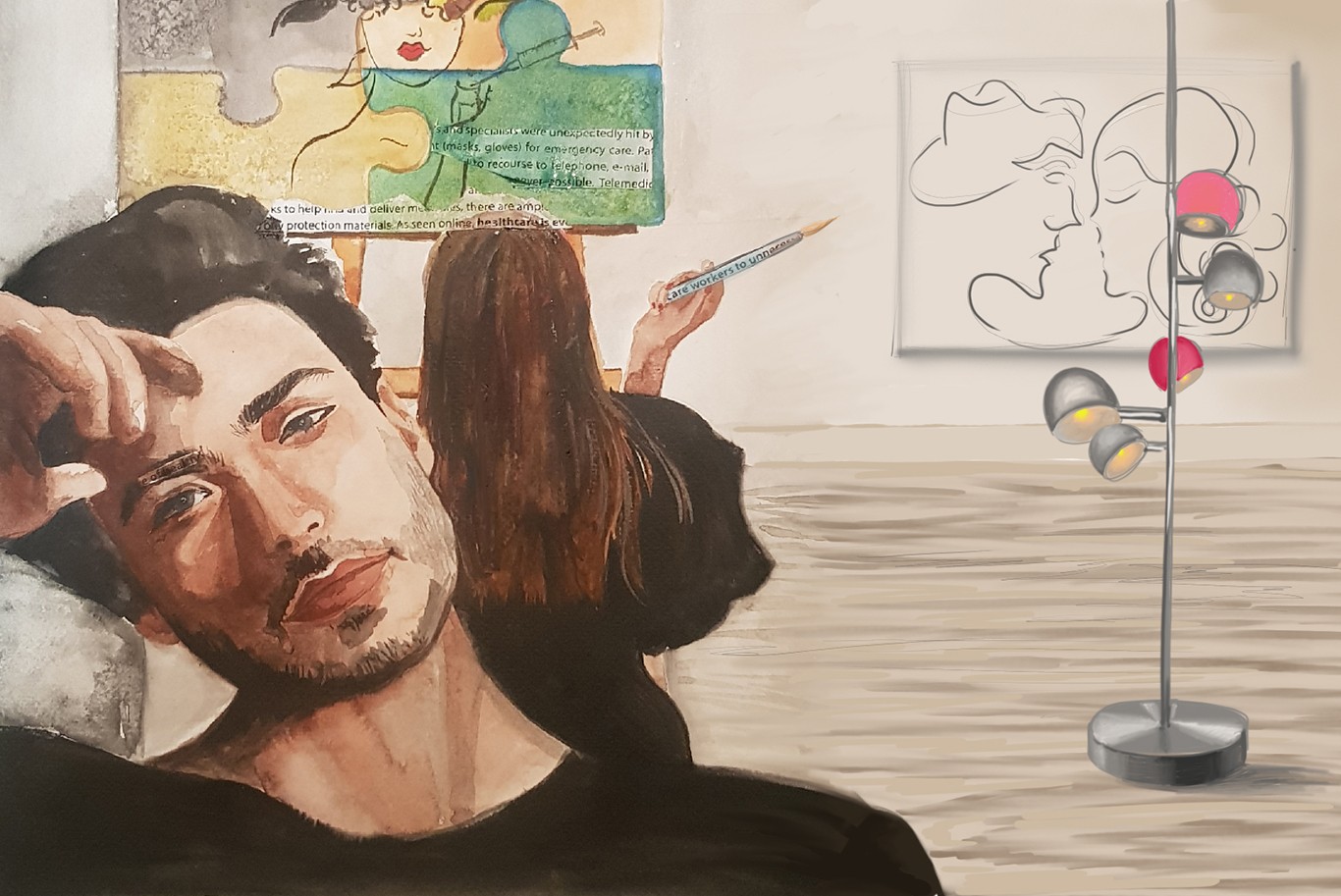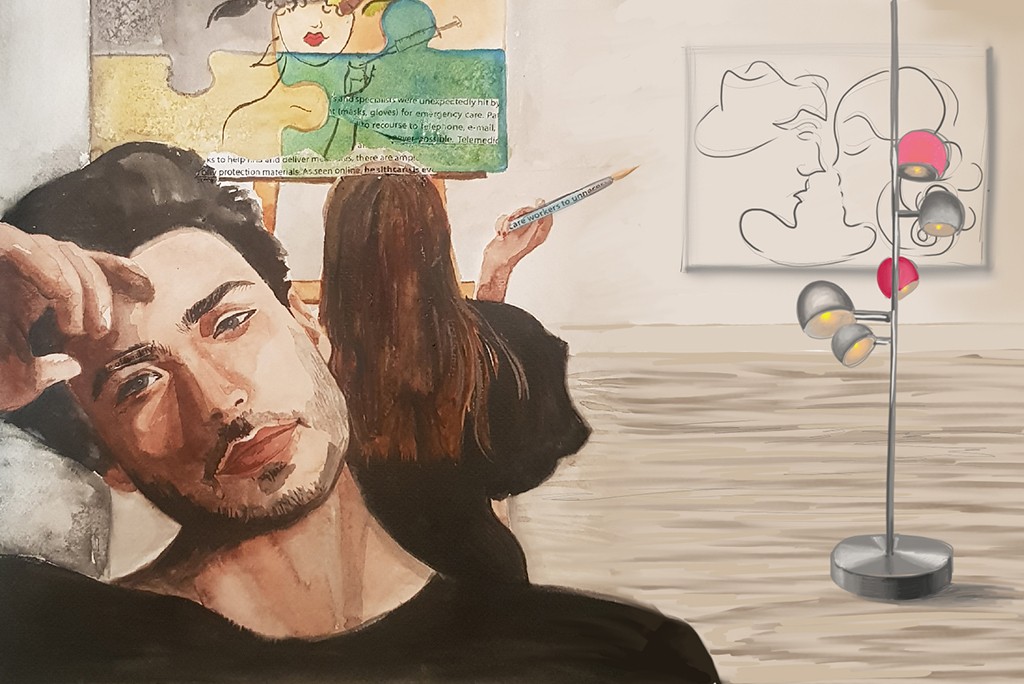
Validation of the PANSS in Two-Factor Negative Symptom Distinction
- The Positive and Negative Symptom Scale (PANSS) is the most commonly used scale to assess the psychopathology of patients with schizophrenia
- Correlational analyses found that the PANSS allows the maintaining of the two-factor distinction on a symptomatic, behavioural and neural level
- The present data highlight the value of the PANSS in negative symptom studies, but also points out its weakness in certain negative symptom domains
- Additional validation of clinical measures can be provided by behavioural and neuroimaging data
In this section
It is widely accepted that schizophrenia’s negative symptoms consist of five domains (asociality, anhedonia, avolition, blunted affect, and alogia) and of at least two distinct factors which constitute negative symptoms:
amotivation (including avolition, asociality and anhedonia) and
diminished expression (including blunted affect and alogia).
This study by Kaliuzhna et al. aimed to validate whether the Positive and Negative Symptom Scale (PANSS), the most commonly used scale to assess the psychopathology of patients with schizophrenia, maintains the two-factor distinction between amotivation and diminished expression similarly to the more recent Brief Negative Symptom Scale (BNSS) on a clinical, behavioural and neural level. Correlational analyses on all three levels – symptomatic, behavioural and neural – found that the PANSS does allow maintaining the two-factor distinction.
On the clinical level, there were significantly stronger correlations within the same factors of the BNSS and PANSS than across the two factors. This shows that the BNSS and PANSS factors reflect similar symptom clusters, even if there are differences between the scales.
On the behavioral level, it was found that the PANSS amotivation factor is specifically associated with reward discounting for physical effort, however, the diminished expression factor showed no such association. The PANSS amotivation observed effect size is smaller than the amotivation factor from the BNSS, which „can be explained by the restriction of the PANSS to social amotivation, which does not cover the full range of amotivation symptoms” and the fact that the BNSS is more specifically a negative symptom scale. Further evidence is that there is a stronger correlation between PANSS amotivation and BNSS asociality (which corresponds to social amotivation) than between PANSS amotivation and BNSS anhedonia (which the PANSS does not measure).
On a neuronal level, this study also confirmed that „reduced left ventral striatal signal change during reward anticipation is selectively associated with PANSS amotivation, but not with diminished expression”, even though the observed effect size was slightly smaller with the PANSS than with the BNSS.
The authors point out that the constraints of the PANSS in addressing the different aspects of negative symptoms are that the PANSS mainly evaluates behavioural aspects of patients’ symptoms and neglects internal experience, and it does not measure anhedonia and the definition of avolition does not correspond to its current conceptualization.
This study’s results show that the PANSS “clearly allows distinguishing amotivation from diminished expression, as it relates selectively to specific aspects of behaviour and brain function”. Therefore, re-analysis and sharing of existing datasets that used the PANSS will be possible to further substantiate the distinction between the two factors. In addition, validation of clinical measures can be provided by behavioural and neuroimaging data.
Schizophrenia Research
Clinical, behavioural and neural validation of the PANSS amotivation factor
REAGILA CONTROLS NEGATIVE SYMPTOMS OUR PRODUCT ON NEGATIVE SYMPTOMS
(COD: 300020/R09. Submitted to AIFA 16/04/2020) Negative symptoms of schizophrenia can occur as primary symptoms that are part of the underlying Negative symptoms of schizophrenia can occur as primary symptoms that are part of the underlying pathophysiology of schizophrenia or as secondary symptoms that
more...CLOSER LOOK AT NEGATIVE SYMPTOMS! CLOSER LOOK AT NEGATIVE SYMPTOMS!
Negative symptoms are symptoms of loss or absence of normal function relating to motivation and interest, or emotional expression. Evidence does not support Negative symptoms are symptoms of loss or absence of normal function relating to motivation and interest, or emotional expression. Evidence does not support
more...



